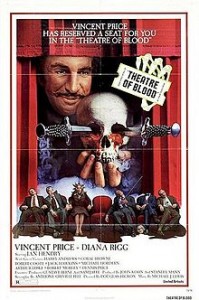Madhouse-1974
Director Jim Clark
Starring Vincent Price, Peter Cushing
Scott’s Review #233
![220px-Madhouseposter[1]](http://scottsfilmreviews.com/wp-content/uploads/2015/04/220px-Madhouseposter1-196x300.jpg)
Reviewed April 3, 2015
Grade: B-
Madhouse, a 1974 British horror film, stars horror icon Vincent Price who portrays a sympathetic Hollywood actor who is unsure of his sanity after the grisly murder of his trophy fiancé whom he may or may not have been responsible for murdering.
Mainly set in London, Madhouse also stars famed British actors in the latter stages of their careers, such as Peter Cushing, and is a treat for classic British horror fans.
The look of the film is stylistic and effective in the mood- the story, while silly, is also fun.
Paul Toombes (Price) is a famed actor notorious for his character of Dr. Death in a successful film franchise. He seemingly has it all and is the envy of his contemporaries- wealth, notoriety, and a glamorous blonde fiancé named Ellen.
After Ellen is murdered by someone dressed as Dr. Death, Paul is unable to remember the circumstances or his whereabouts during the murder.
After spending years in a mental institution in a confused state he is summoned to London to mount an acting comeback of sorts, reprising his Dr. Death alter-ego.
As the bodies begin to pile up, a whodunit commences- is Paul Toombes the killer, or is someone impersonating him?
The film itself is quite pleasing to a horror fan like me. The deaths, while silly, are fun and campy.
Mostly all female victims, a comical aspect is how the victims, when cornered by the killer, simply scream and stand there waiting to be sliced.
Wouldn’t they fight back in real life?
This film is certainly not realism at its finest but is a fun horror film. It is a bit exaggerated and over-the-top in a campy way but is also true to the 1970s style with the point of view scenes from the killer’s perspective.
A wonderful aspect of this film is real clips of old Vincent Price films (The Raven, The Pit and the Pendulum, and House of Usher) to name a few, featuring deceased horror god Boris Karloff and Basil Rathbone.
Since the plot involves Price’s character being a former horror actor this is a wonderful opportunity to showcase long-ago classic horror films and it works perfectly.
I enjoyed the television scenes within the film plot as Paul revives his career and shoots a series for the BBC- the film chooses interesting, haunting sets and Cushing’s character of Herbert Flay and his zany wife reside in a spooky, vast mansion with eerie spiders that the wife is obsessed with.
The set pieces are great and very Halloween-like. And the spider-eating-flesh scene is excellent!
The tag team of Price and Cushing is fun to watch- both horror stalwarts connect well and both actors play off of each other successfully.
They had a ball while making this film.
Towards the end of the film, the plot becomes confusing and the big reveal as to the killer’s identity and the motivations surrounding is a disappointment.
The conclusion to the film is silly and makes little sense, although that is secondary to a film of this genre that borders on camp.
Madhouse (1974) is an enjoyable midnight flick starring two of the top classic horror icons.
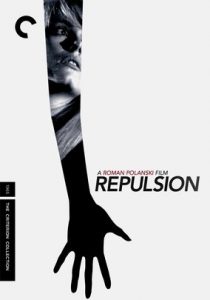
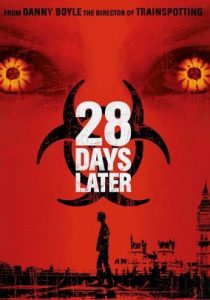
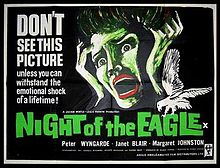
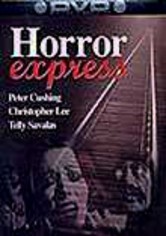
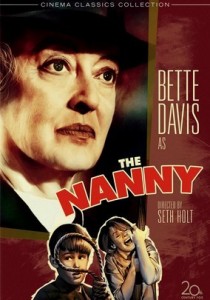
![220px-Madhouseposter[1]](http://scottsfilmreviews.com/wp-content/uploads/2015/04/220px-Madhouseposter1-196x300.jpg)
